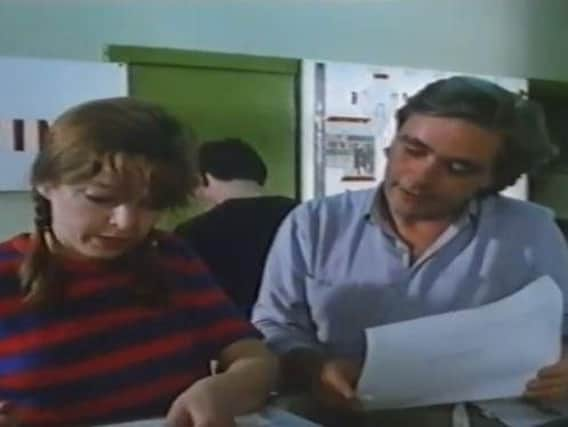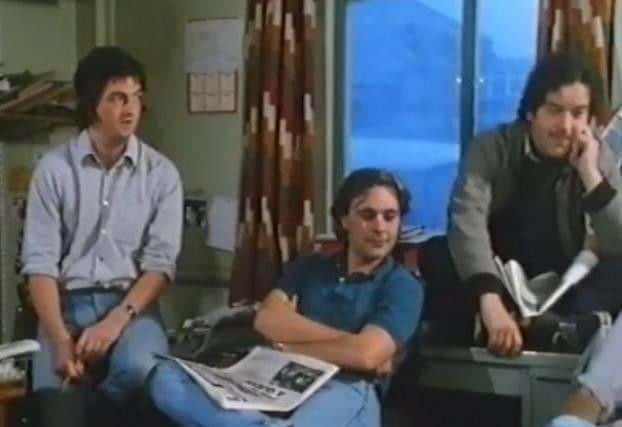Wester Hailes at 50: How a newspaper stood Sentinel over an embattled community


Hector Macrae quit his job as a printer after 30 years in order to pursue a true passion - a free community newspaper that was for and by the people.
And although he was almost laughed out of the room when he first proposed the idea - the dream soon became reality.
Advertisement
Hide AdAdvertisement
Hide AdAfter countless hours of sweat and tears, critics' unhelpful words and help from an old printing contact; The Sentinel released its first issue in October 1976.


As a rule, the editorial policy was always to try to stay positive - the paper aimed to show the positive aspects of living in Wester Hailes. It wanted to be a paper of which the community could be proud.
Susan Dalgety took over editorial responsibilities in 1987 and held the post for a dozen years. Latterly she went part-time as to be able to juggle her responsibilities as a councillor for the area.
Ms Dalgety, said: “We had enough negative commentary from outside, we were proud of our community and wanted to shout that from the rooftops.
Advertisement
Hide AdAdvertisement
Hide Ad“The Sentinel was Scotland’s foremost community newspaper, and played a huge role in campaigning for a better Wester Hailes, whether that was for better housing or for individual families. It also generated a sense of belonging.
“The Sentinel was right at the heart of its community, just like the Evening News is at the heart of the city. I am very proud to have been a small part of it.”
For most of the paper's history, it published every two weeks, however, when it first started it ran once a month. The paper received vital support from the Wester Hailes Partnership, that had been set up by the Scottish Office, to produce more frequent content and hire paid staff.
The paper was managed by a board of local residents - and it's noted that they were the most important part of the operation, as they oversaw the editorial direction of the paper as well as its finances.
Advertisement
Hide AdAdvertisement
Hide AdLocal residents were encouraged to contribute and most writers were citizen journalists before the term was even coined. Community activism was always at the heart of the publication.
Many people involved with the Sentinel went on to have successful careers in national journalism and elsewhere.
Simon Pia, 63, a former writer for The Sentinel, author, columnist and now a lecturer in journalism at Napier University, said: “We were instrumental in establishing a network of community newspapers across the city - in Gorgie, Tollcross, and Leith to name but a few. I had the pleasure of going and helping set up the newspapers as I knew The Sentinel blueprint well.”
At the time, the city council supported the Edinburgh Community Newspaper Trust, the first of its kind in the UK, and for a decade at least it seemed like the city was at the forefront of community journalism, with The Sentinel leading the way.
Advertisement
Hide AdAdvertisement
Hide AdScott Douglas, founder of Holyrood PR public releations agency and another former employee, said: “It allowed me to build my skills as I was studying journalism at Edinburgh Napier. You began to see that people are just people regardless of geography. I absolutely loved my time there.”
Both Mr Pia and Ms Dalgety, remember occasions when serious investigative journalism was picked up by the nationals and also when the paper set up fun runs as well as snow helplines, living the “at the heart of the community” motto at all times.